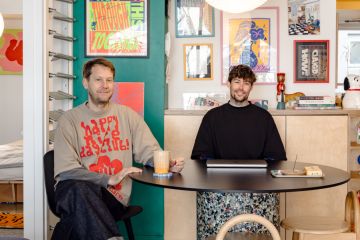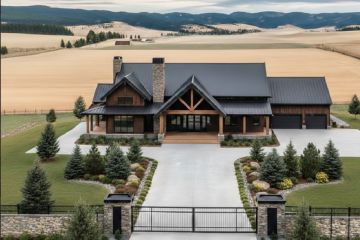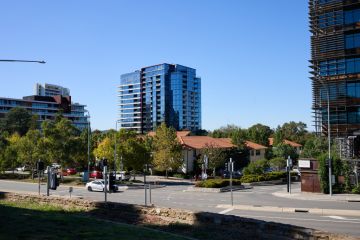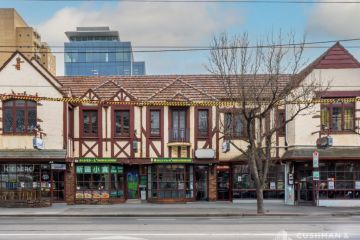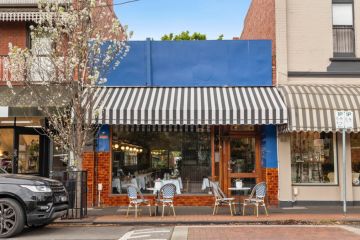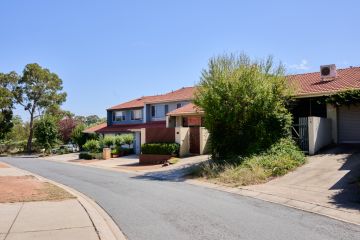Restaurants on a roll: The most exciting architecture in hospitality
If the designed intent of curated house interiors is to say “you’re safe, catered for and comfortable in your own style”, the implied message in the amazing project range presented in the hospitality sector of this year’s IDEA (Interior Design Excellence Awards) is required to say much more.
Across commercial wineries, restaurants, hotels, bars and cafes – whether neighbourhood scale or the swankiest international establishment – the built-in communication needs to be an open invitation to come in and feel free to take temporary ownership.
The place should give an immediate impression of the identity of who runs it and what they offer, and simultaneously be the all-enhancing, mood-setting background to the experience of paying customers.
Being part of the public domain, “hospitality” has become one of the hot-beds of take out design inspiration and in the 41 entries on the sector shortlist of the 2017 IDEA awards (across its overall 14 categories and three special awards, announced early in November), there are many themes and schemes that could be applied to private residential.
In just hospitality the diversity is stunning, from Woods Bagot’s re-imagining of the romance of train travel in their plush fit out of the Great South Rail’s Platinum Club carriages, that shunt out of Adelaide through pale outback landscapes that the colour scheme has been designed to reflect, to the pop-art colour of The Bold Collective’s George Street Sydney Sushi Canteen, the contenders are pushing paradigms in all directions.
The Bold Collective was asked to reference the colour, attitude and craziness of Tokyo’s Harajuku district in the “grab and go” food outlet and let a graphic designer and street artist join their endeavour to fantastic effect.
At the other end of the spectrum refitting not only Australia’s top restaurant but one of the 50 best restaurants in the world, IF Architecture presented Attica in Melbourne’s Ripponlea with “a charred and ashen” foundation tonality overlaid with statement lights, contrasting lounge chairs and great raw slabs of timber.
Of all the project types she tackles, IF Architecture’s Iva Foschia calls hospitality the most challenging because it has to be sensory for customer engagement but also, tactile and bold.
- Related: Great Southern Rail nominated for a design award
- Related: The Australian couple restoring a French chateau
- Related: The renovation that comes with a beach
Acme & Co’s Vince Alafaci says his Sydney practice took their lead from the personality and approach to food of the owner of Fred’s, in Oxford Street, Paddington, to establish a mood that, against the usual “nervous energy” bedlam of restaurants, sought to project a tranquillity in the space.
“The whole breakdown of the project was to make the experience as humble as possible so it felt like they (the customers) were dining in Danielle Alvarez’s own kitchen,” Alafaci says.
“She is such a gentle soul who plates up with such delicacy.”
Within an old building with a kitchen that you can see into, Acme & Co has imparted “a humble narrative that is simple, sophisticated and elegant without being showy”.
We recommend
We thought you might like
States
Capital Cities
Capital Cities - Rentals
Popular Areas
Allhomes
More
